Understanding Analysis
In the complex world of engineering, where precision and efficiency are paramount, understanding the specifics of analysis tools is crucial. Finite Element Analysis (FEA) and Computational Fluid Dynamics (CFD) stand out as indispensable methods, each designed to address specific challenges. In this blog, we'll look at the complexities of these techniques, how they differ, and why they're important.
CFD (Computational Fluid Dynamics)
Fluids, gases or liquids, how does water flow through it?
CFD, where the dynamics of fluids, gases, and liquids come to life in a digital domain. Imagine having the ability to visualize how water flows through intricate systems, predict airflows around vehicles, or simulate the behavior of liquids in industrial processes. CFD enables engineers to analyze and comprehend the complex interactions within fluid systems through advanced computer simulations.
Whether studying the aerodynamics of an aircraft wing or optimizing the efficiency of a cooling system, CFD allows us to virtually experiment with different scenarios, gaining a practical understanding of fluid behaviors. It goes beyond just observation; it's a tool for predicting and optimizing, unlocking possibilities without the constraints of physical limitations.
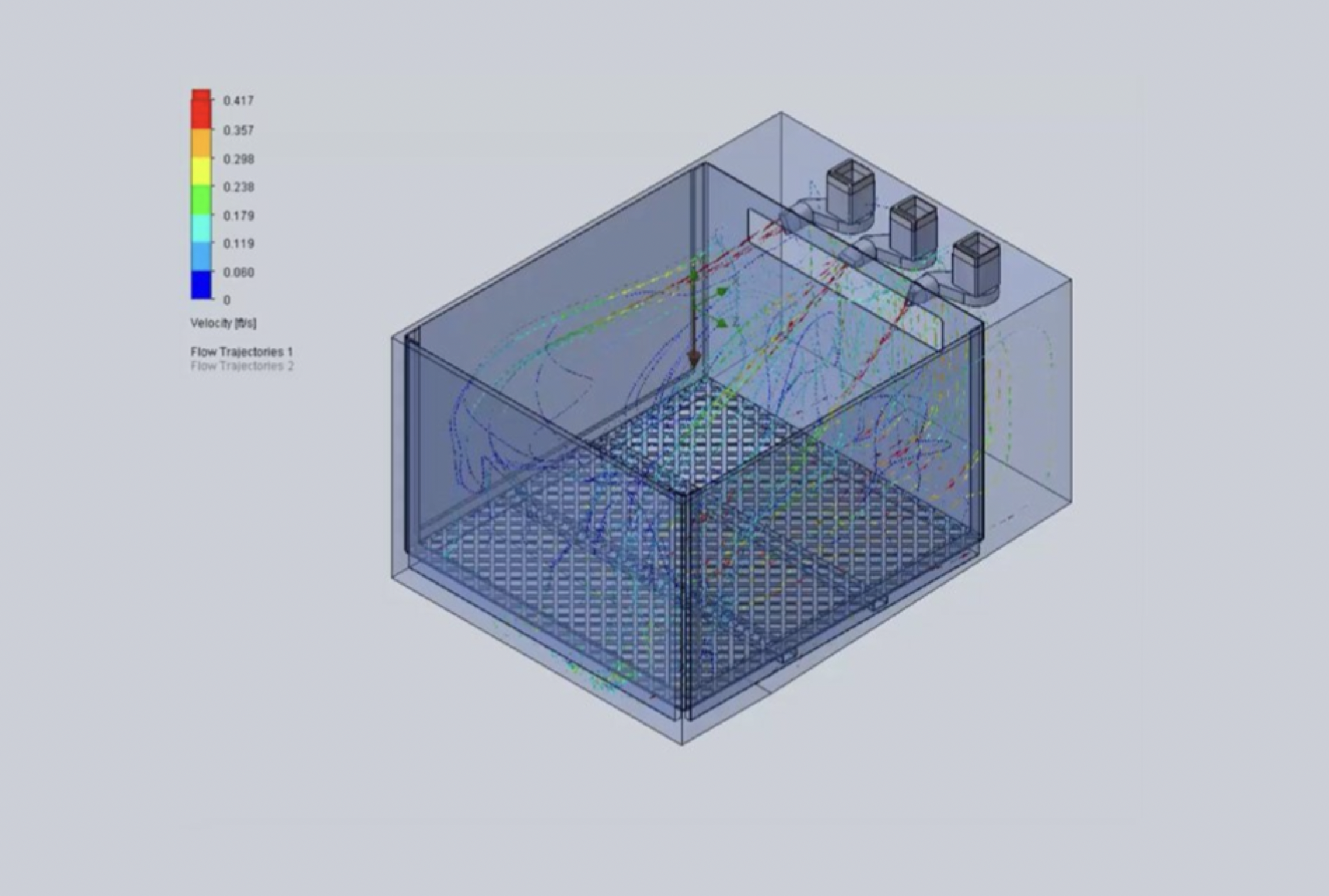
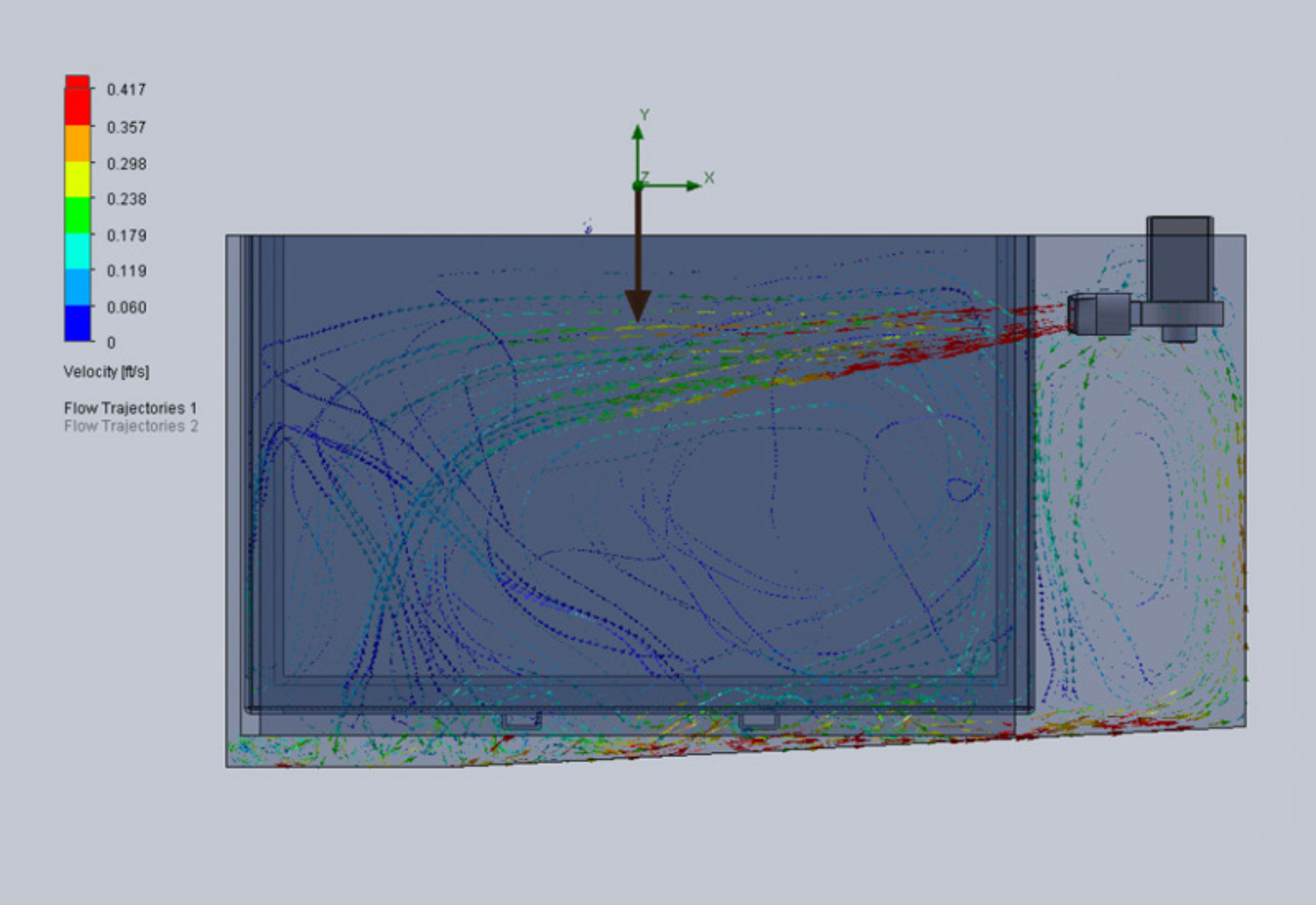
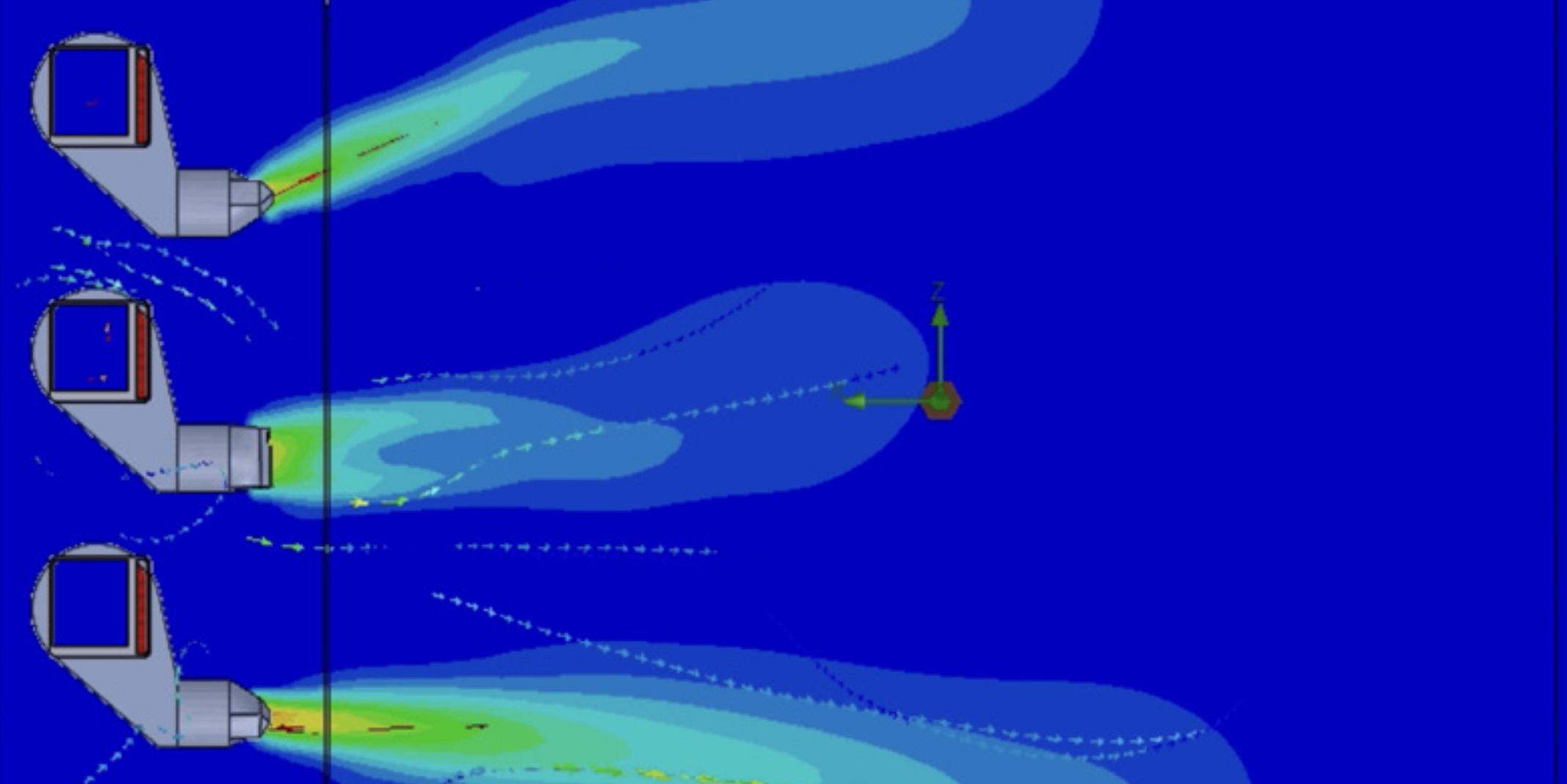
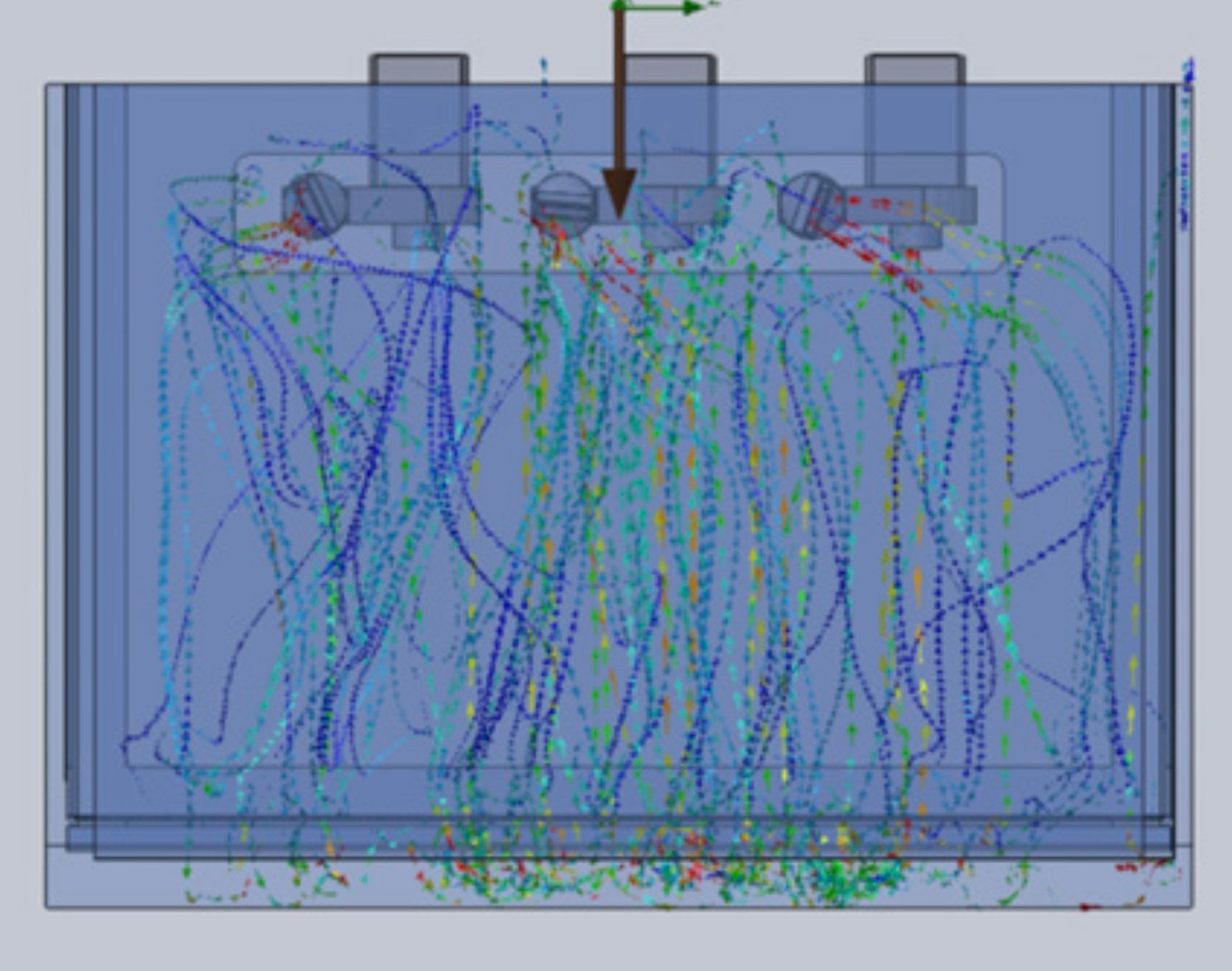
FEA (Finite Element Analysis)
Analyzing structures, computer simulations of real life applications of physics
Shifting our focus to the structural domain, FEA emerges as a transformative tool for analyzing structures through computer simulations. Instead of relying solely on physical prototypes and extensive testing, FEA allows engineers to simulate real-life applications of physics, predicting how structures will respond under different conditions.
Imagine designing a bridge and virtually testing its strength, studying the impact of external forces, or optimizing a mechanical component without the need for countless physical prototypes. FEA breaks down complex structures into finite elements, providing a detailed analysis of stresses, strains, and deformations. It's like a digital workshop where you can explore the limits and capabilities of structures in a controlled and precise environment.
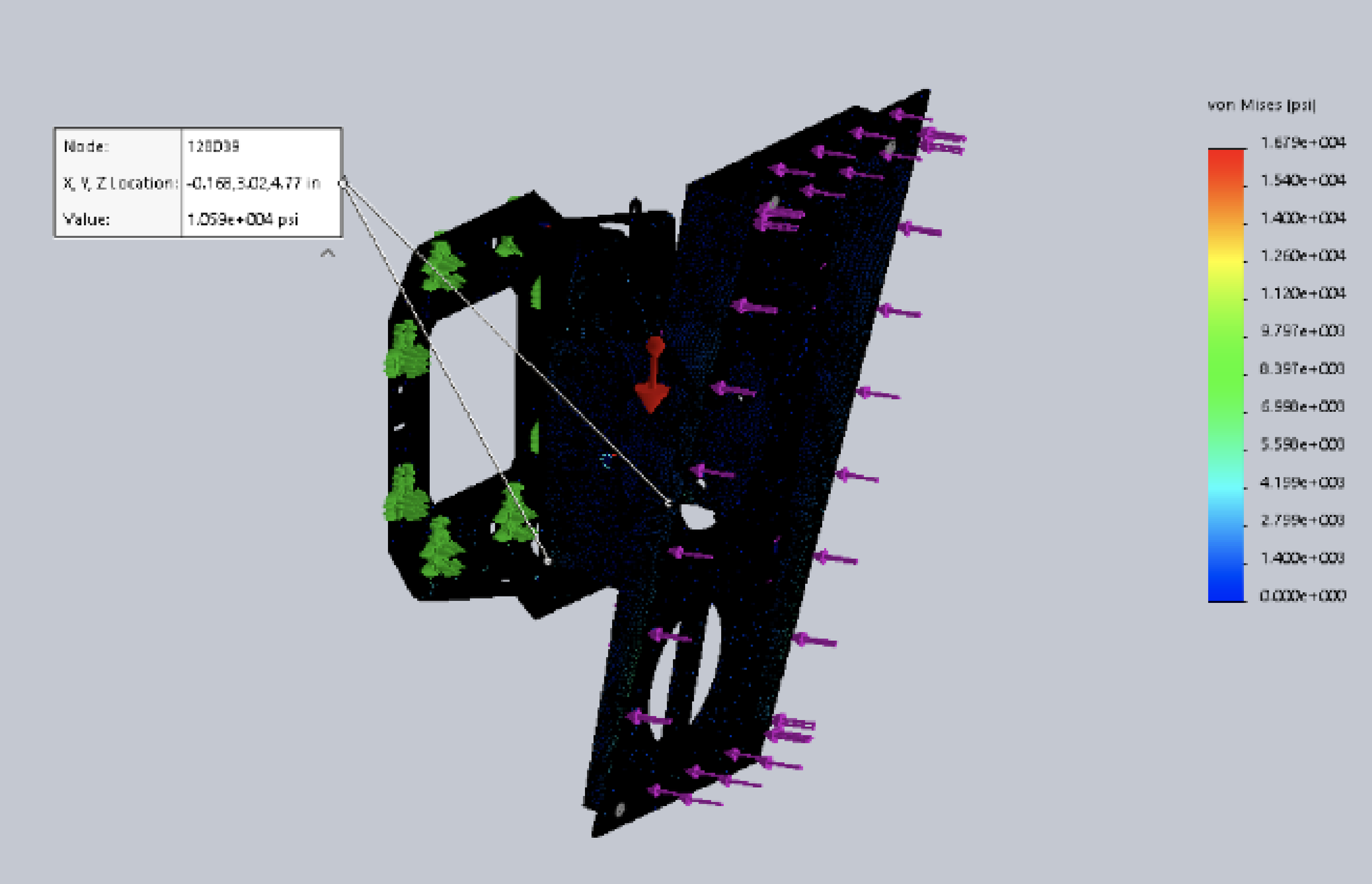
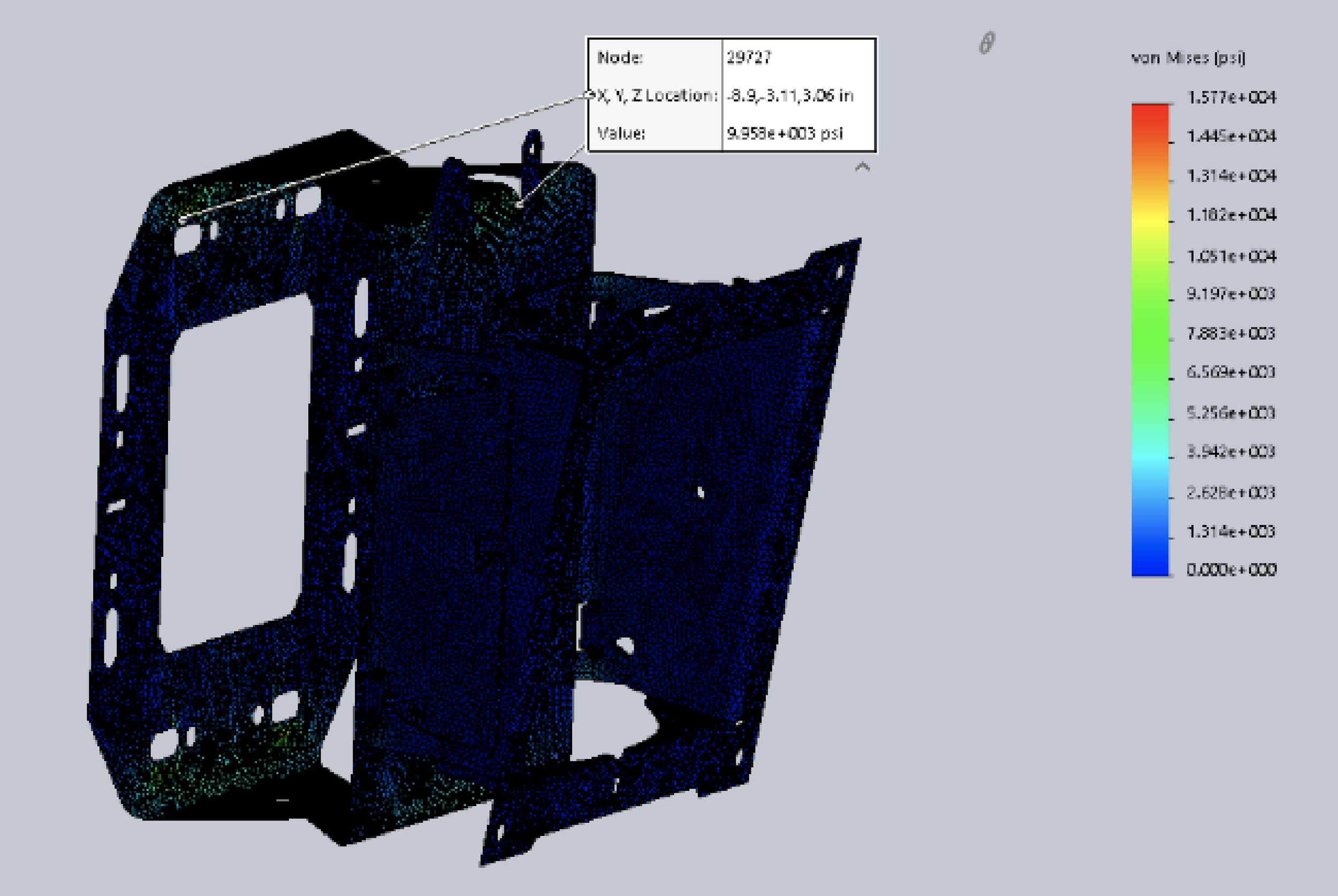
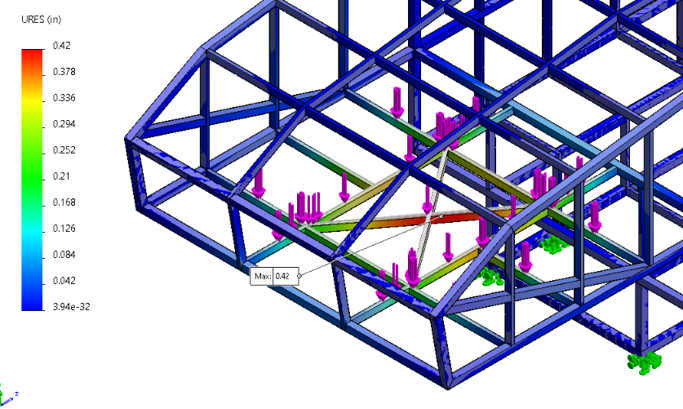
Analysis
Bridging Fluid Dynamics and Structural Integrity
At the core of both CFD and FEA lies the concept of analysis: computer simulations of real-life applications of physics, simulating what happens. These tools offer a bridge between the tangible world of engineering and the limitless possibilities of the digital realm.
We use CFD and FEA to navigate the complex challenges of fluid dynamics and structural integrity. These tools are a significant advancement in analytical capabilities, allowing us to precisely predict and optimize during the design process. We have the tools you need to improve the efficiency and reliability of your engineering designs by refining, innovating, and ensuring their efficiency and reliability.
CFD and FEA are indispensable tools, providing valuable insights that significantly influence the future of your designs with unmatched precision.
If you're wanting to learn more about simulation and gain additional insights, check out this SWUG presentation on Simulation 101 from our latest SWUG meeting. It's a resource that provides valuable tips and guidance, offering a more in-depth understanding of simulation foundational techniques.
Stay ahead and be the first to access helpful tips and ongoing learning opportunities, make sure to subscribe to our channel. Stay informed, stay curious!
